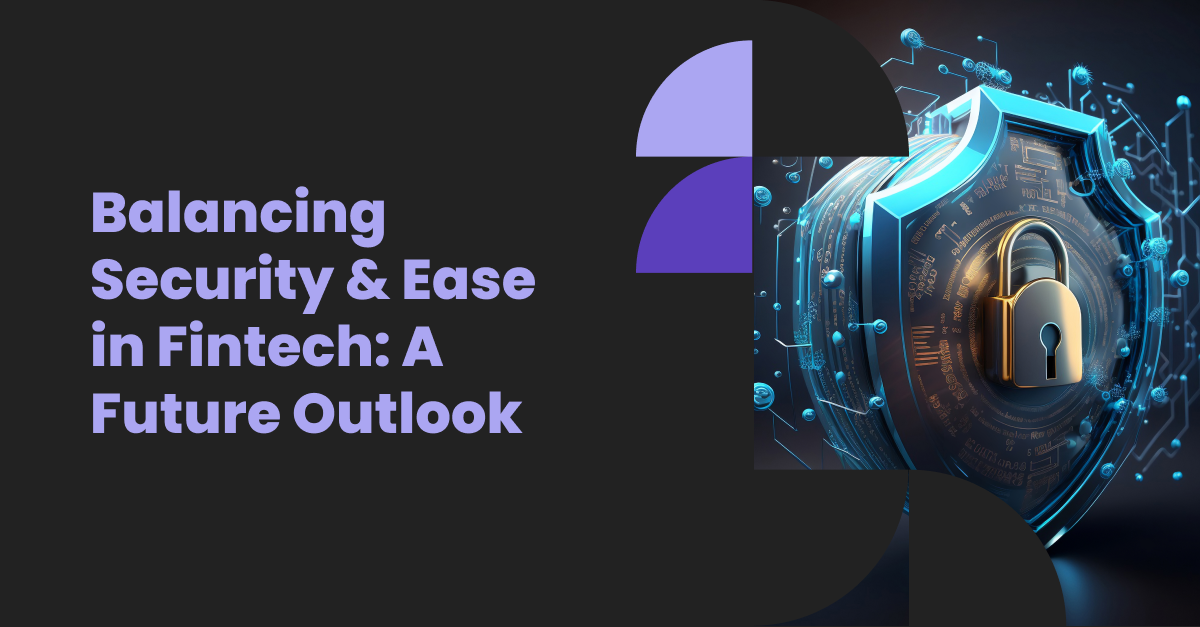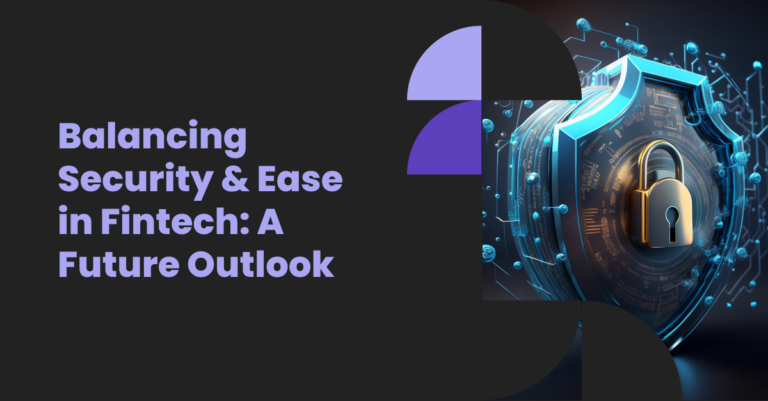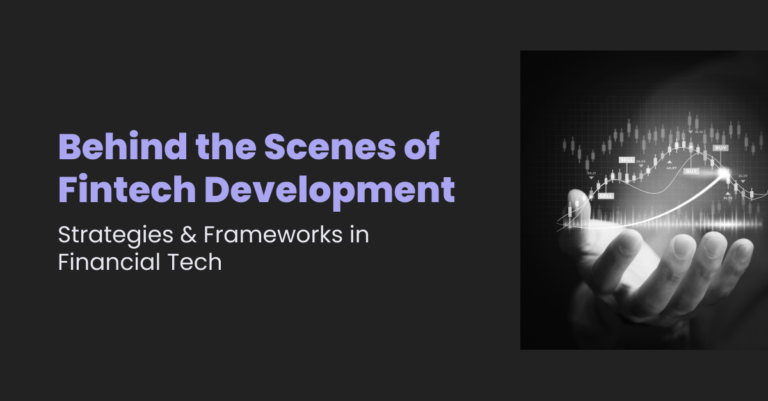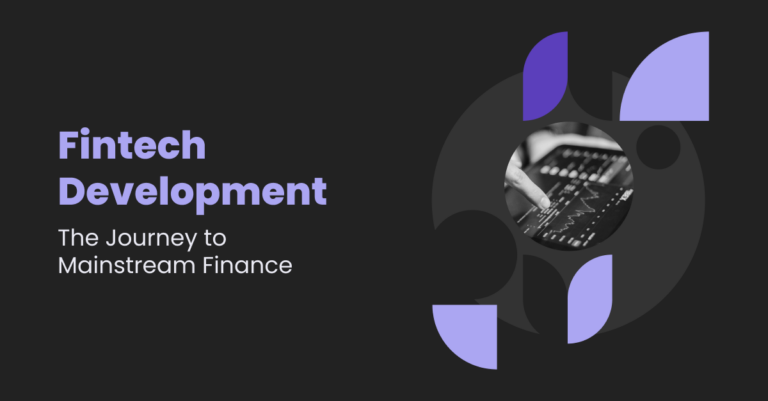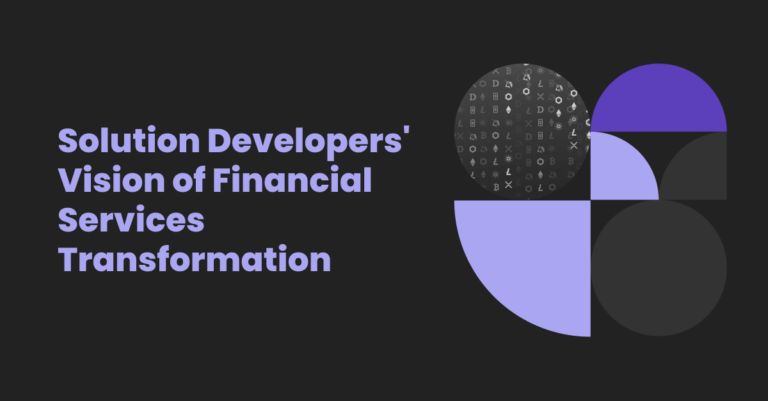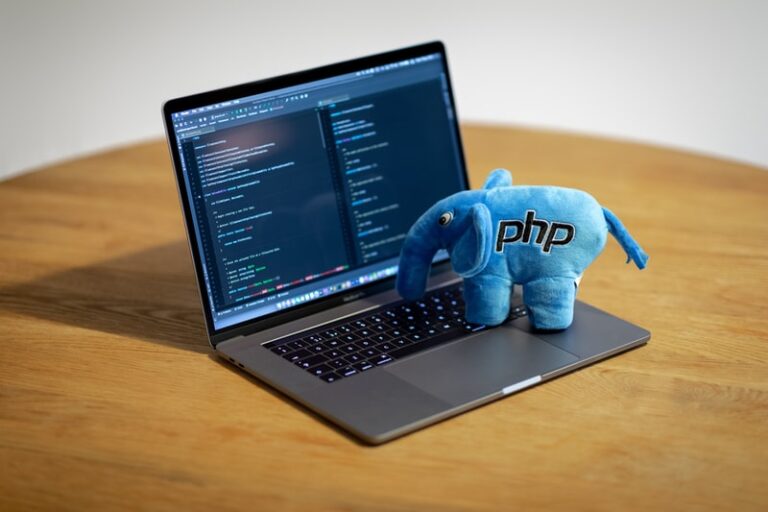Let’s take a look at fintech, where things seem to change as rapidly as lightning. And here getting the balance right between rock-solid security and making things easy for users isn’t merely a desirable, it is absolutely essential. Fintech has indeed advanced a long way – from being the stuffy, specialized realm of small coffins to one powerful enough to change world financial order. And with this growth comes a big challenge: But tight security should not come at the cost of a perfectly smooth experience for users. So in this article we are going to navigate the tightrope walk of play and work, examining some barriers surrounding it, some awesome tech involved with it and most importantly where the fintech rules come into talking about how fintech is being shaped for a future day soon.
The Critical Importance of Security in Fintech

The fintech sector, a beacon of modern financial innovation, faces a looming shadow: cybersecurity threats. This isn’t a story of paranoia; it’s the harsh truth that one slip can lead to disaster. Take for example the case of Capital One, a big name in fintech that made headlines back in 2019 over an incident. The company’s system was exploited by a hacker who gained access to customers ‘personal information. Such a breach wasn’t just an inconvenience; it was the sledgehammer that shattered customers ‘trust and slapped industry in its face.
The Capital One saga shows the disastrous effects of such hacks. The company then found itself in courts, hit with huge fines, and a reputational black eye after the incident. But the price of this leak extended far beyond financial costs. In a very real sense, it was one more sign that customer trust is fragile in the digital era. For fintech companies, this incident highlighted a crucial lesson: Strengthening cybersecurity is not just a regulatory mandate, but an essential element of maintaining customer confidence and long-term survival.
In this fast-changing space of fintech, where innovation moves almost as quickly as the speed of light, security systems cannot only move at a comparable pace – they also must be several steps ahead. The balance has been precarious because it’s a dance between advancing technology and bolstering the walls of our digital financial sanctuaries.
Convenience: The User Experience Angle

Compared with the hectic universe of fintech, where yesterdays deposit bounces around lightning-quick in digital space today and tomorrow, convenience is not some frill; it’s survival for user experience. At the heart of this convenience lies a simple truth: Fintech applications must be user-friendly, ergonomic and most of all convenient. Why? It’s king of convenience in a digital age.
Here’s the thing about convenience in fintech applications:
- User-friendly design: Envision a financial technology app as simple and straightforward to peruse as your preferred social media application. That’s the gold standard. A strategy making financial transactions easy to perform will result in a customer experience free of pitfalls.
- Speed and efficiency: In a world where speed matters, fintech apps are digital supermen. Its the ultimate dream of banks around the globe. Yes, please! Not only does speed bring delight to its users; but it also retains a sense of efficiency and reliability.
- Personalization: Individualized financial advice, individual investment choices and personalised information that feels commercial yet warm things like these make users feel understood. Like having a financial advisor to carry in your hat, and exactly tailored to personal needs.
- Accessibility: Making fintech services available to everyone, regardless of their technical expertise that is crucially important. It spans simple language, comprehensive instructions and legislative features so it can be used by disabled persons. Fintech for all!
- Seamless integration: Integrating fintech apps with other services and platforms improves convenient for users. Contemplate how you could handle all your finances, investments and budgeting in one place. It’s about building a ceremony of financial mono-world.
Striking the Balance: Challenges and Risks

Strolling the tightrope between security and convenience in fintech is a delicate balancing act. For example, it’s about robust protection that doesn’t turn the user experience into an obstacle course. Here’s a look at the challenges and risks when trying to strike this delicate balance:
- Complex Security vs. User Simplicity: Ironclad security often means layers of complex authentication and encryption. The challenge? Keeping it user-friendly. You risk frustrating users if there are too many hoops; provide few enough, and you’ll be inviting security breaches.
- Rapid Technology Evolution: Technology leaping ahead But keeping security measures up-to-date without inconveniencing users has become an impossible task. Developers in the field of fintech must constantly innovate to outstep cyber threats, but make sure not to confuse users with too many changes.
- Data Privacy Concerns: Under such stringent data protection laws, fintech applications must tread carefully. Excessive focus on convenience, however, can open doors to relaxed data management, running afoul of privacy regulations and destroying a user’s trust.
- Risk of Security Overreach: At other times, in the interest of strengthening security, fintech apps may lapse into overkill like rigorous background checks or demands for intimate data. This can turn away users, who prize their privacy and digital freedom.
- User Education and Awareness: Teaching users about security without overwhelming them is very difficult. Users must understand the importance of security measures to make them worthwhile, but technical baby-talk can confuse people and turn users away.
Best Practices in Fintech Development for Optimal Security

For development of fintech, strengthening security is not a function; it’s part and parcel of digital finance. The key, then, is to combine both advanced technologies and smart strategies. Here’s a glimpse into the best practices that fortify the fortresses of fintech security:
- Robust Encryption: The secret code that protects data is called encryption. For fintech, powerful encryption – whether of data at rest or in motion – means that the sensitive information is indecipherable to eavesdroppers. It’s the first line of defense against data leaks.
- Multi-Factor Authentication (MFA): MFA is a string of doors with different locks. They have to enter different keys that they know, possess and are. Through this layered approach, the risk of unauthorized access is reduced very significantly.
- Regular Security Audits: To stay in the lead with security you can’t rest on your oars. Regular security audits allow you to find weaknesses before someone else does. It’s like your fintech systems getting a health check-up.
- AI and Machine Learning for Fraud Detection: But AI isn’t just for science fiction movies. In fintech, machine learning algorithms can pick up on patterns and anomalies which hint at possible fraud. It’s kind of like having a highly intelligent watch dog that never sleeps.
- API Security: Because fintech apps often communicate with other services through APIs, protecting these paths is particularly important. The data bridges are well-guarded, since they implement API gateways and use OAuth for authentication.
- Employee Training and Awareness: Occasionally the greatest danger is yourself. Training your employees regularly in security protocols and phishing awareness turns them into an extra line of defense for you.
Weaving these practices into the very foundation of fintech development will not only allow firms to preserve their assets and customers’ data, but also help them develop a reputation as secure and trustworthy financial vehicles. In the digital age, when threats change at lightning speed, always maintaining high alert and keeping up with security measures is not just a point of honor; it’s an important guiding principle for success in fintech.
Ensuring User Convenience Without Compromising Security

In fintech applications, it is important to strike a balance between user convenience and strict security measures. It’s about providing an atmosphere where users are both relaxed and sedate, a place of ease in operation with ultra-tight security. Achieving this balance requires not only creativity but also a clear understanding of user requirements and security challenges.
Take mobile banking apps that use biometric authentication, for example. These apps utilize fingerprint scanning or facial recognition, granting safe and rapid access. This provides an illustration of how fintech is capable both in terms of security and convenience. Accessing your account becomes as easy as a smile or one tap, while at the same time remaining rock-solid secure.
Another strategic approach is adaptive authentication, which changes the security level according to contextual details such as location and device. As a case in point, when the user logs on from a familiar device this might require less rigorous checks than if he or she logged on from an unfamiliar one in another country. This provides dynamic security, without adding to the friction of usage.
These examples show that fintech applications can provide a smooth, secure end-user experience. The key lies in technology not only standing guard against hacks or rogues, but also becoming an amplifier of delightful user experiences. This is a journey that should be both safe and natural for the traveler to move through from beginning to destination via any route they choose.
Navigating Regulations and Compliance in Fintech

Regulatory waters in fintech are something like a complex archipelago, each island representing its own set of rules and standards. The vibrant financial market This is not just a matter of playing by the rules. Rather it’s about safeguarding the credibility of financial services and serving consumers ‘interests.
The fintech regulatory environment is full of variety, with rules that each tackle a different facet of financial activities. The General Data Protection Regulation (GDPR) for data privacy and protection in Europe; the Payment Card Industry Data Security Standard adopted by all entities involved with credit card information sets standards to protect consumer’s personal member. These are but two of a tapestry of legal requirements that fintech firms have to work into their operations suitably, or else they will encounter problems if caught sandraising them
In addition, fintech companies cannot ignore regulations such as the Bank Secrecy Act (BSA) and Anti-Money Laundering laws. These are crucial in fighting financial crimes of all kinds. Compliance, here, means strict monitoring and reporting procedures so that financial transactions are clear and visible.
For each regulation, there is a set of compliance obligations that fintech applications must implement. Robust security measures, data privacy and transparent financial operations are among other things included. It’s a never-ending process of integrating technological innovations and the set standards for regulations, so that as fintech develops in this way it remains stable soil where all stakeholders can feel safe.
Fintech Industry Trends: Looking Ahead

Looking into the future of fintech is a bit like looking inside and crystal ball, full of potential new breakthroughs that will change how human interact with money. Trends in this sector are not passing fads. They are lighthouses leading the industry into new horizons. Here’s a glimpse into what’s on the fintech horizon and how these trends could shape the balance between security and convenience:
- Artificial Intelligence and Machine Learning: AI and machine learning are set to transform fintech, leading us into a new age of smarter, yet more personalized financial services. Fraud detection to customer service, these technologies both increase security and simplify the user experience.
- Blockchain Beyond Cryptocurrency: Cryptocurrency is only the tip of Blockchain ‘iceberg. Networks based on it could become the cornerstone of all mainstream fins, providing a level of security never seen before.
- The Rise of Neobanks: Neobanks are changing the bank experience, emphasizing simple interfaces and tailored service. Balancing rigorous security measures with their natural convenience will be the key as they grow.
- Increased Regulatory Technology (RegTech): Fintech is developing rapidly, and so will regulatory technology. RegTech aids firms in compliance with evolving regulations quickly, and on top of that it allows for security without sacrificing speed.
- Enhanced Digital Identity Verification: With remote transactions the rule, strong electronic identity verification will be vital. If this technology can create more secure ways of verifying user identities, fraud will be reduced while ease of use is maintained.
- Growth of Contactless Payments: Driven especially by the pandemic, the trend toward cashless payments will likely persist. This trend calls for high-security, seamless fintech.
As these trends unfold, they will fundamentally change the fintech scene. They offer not just more security and convenience, they also promise a user-centered approach to financial services. In the future, it seems that fintech won’t just be about managing money; it will also have to add an element of enriching financial experience.
Conclusion
Finally, drawing this curtain on our look at fintech’s waltz between security and convenience, let us recap three main points. We’ve peered into the tangled web of cyber-threats and observed how a measured strategy can strengthen confidence in fintech apps. As for user experience, we have seen that convenience is more than merely being easy-to use. It fosters loyalty and satisfaction through promotion of a brand offering superior service or quality in an environment where the temptation to rush headlong into production threats exist at every turn. Through the development of strategies and technologies for optimum security, we have discovered that robust protection is by no means at odds with friendly user interfaces. Compliance is a cornerstone of fintech integrity, and we have also struggled through the maze-like regulatory environment. Looking forward, we looked ahead to emerging trends and a future where the fintech experience is reshaped with innovation after innovation.
